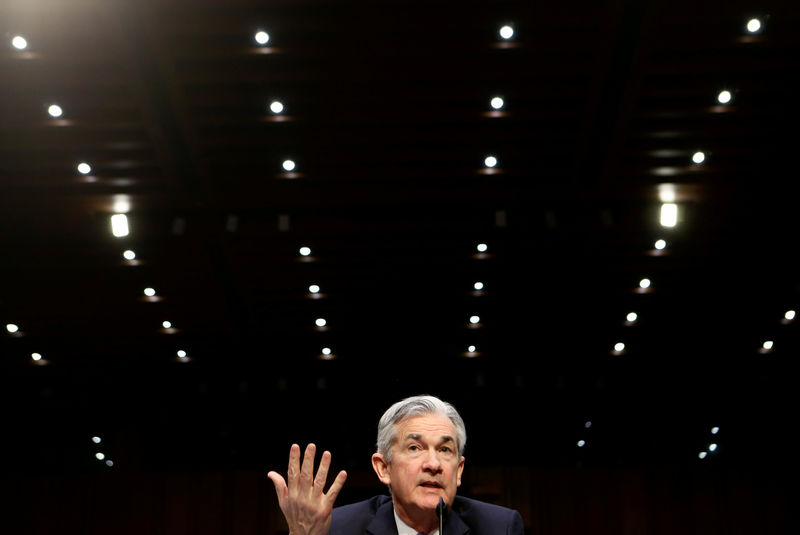(Bloomberg) -- It’s the start of the first full week of stocks trading in Asia, and optimism is in the air -- about $330 billion of confidence to be precise.
With a sea of green in markets across the region, the MSCI Asia Pacific Index rallied as much as 2.1 percent Monday, eking out its first hint of gains for the new year. Japan’s Topix index surged more than 3 percent, and Taiwan was next in line with a 2.1 percent climb.
But before we start listing the obvious reasons for the euphoria, let’s point out that China and Hong Kong -- among the most watched markets in Asia -- have not joined in on the fun to the same extent, with the Hang Seng Index and Shanghai Composite Index up less than 1 percent each and the biggest Mainland-listed banks actually edging lower. Hong Kong’s benchmark, which actually had a good 1.6 percent start to the day, has trimmed its gain to 0.8 percent.
It appears investors may have digested the encouraging news last week from the central banks of the two largest economies and a blowout U.S. job reports. The verdict is in: thumbs up on Federal Reserve Chairman Jerome Powell’s comments that policy is flexible and not so much on Beijing’s latest policy boost.
“After so many false hopes on the trade standoff, markets seem to be treating any signs of light at the end of the tunnel suspiciously,” said Nader Naeimi, head of dynamic markets with AMP Capital Investors Ltd. in Sydney. “So apart from a short-term sigh of relief following Powell’s dovish comments and the PBOC’s RRR cut, the question remains: ‘Is there more downside to growth?”’
Overall, markets will remain volatile until we see credible signs of a turnaround in economic data after the recent wave of disappointing PMI figures in China and elsewhere, he said.
‘Merely Neutral’
Here’s another possible explanation: while an extra 800 billion yuan ($117 billion) sloshing around China’s financial system is nothing to sneeze at, this fresh easing is “merely neutral” as the released funds will be used to pay back the People’s Bank of China for past medium-term lending facility borrowing that’s maturing, according to Michael Every, head of Asia financial markets research at Rabobank in Hong Kong.
“Only when the next round of RRR cuts or MLF extensions kick in will we see a net increase in liquidity,” Every said in a note to clients.
Others are not so sure. Edward Lim, chief investment officer of Covenant Capital Pte in Singapore, says it may take a while to actually see any positive market impact from China’s ongoing moves.
“China has been reflating its economy over the last seven to eight months through a series of RRR cuts, lower rates and fiscal stimulus,” he said. “History guides these will take nine to 10 months to filter into the real economy. We expect China economic momentum to bottom in the first quarter and improve thereafter.”
Stock-Market Summary
- Japan’s Topix index up 3.1%; Nikkei 225 up 2.8%
- Hong Kong’s Hang Seng Index up 0.8%; Hang Seng China Enterprises up 0.9%; Shanghai Composite up 0.5%
- Taiwan’s Taiex index up 2%
- South Korea’s Kospi index up 1.5%; Kospi 200 up 1.7%
- Australia’s S&P/ASX 200 up 1.1%; New Zealand’s S&P/NZX 50 up 0.7%
- India’s S&P BSE Sensex Index up 1%; NSE Nifty 50 up 0.9%
- Singapore’s Straits Times Index up 1.2%; Malaysia’s KLCI up 0.6%; Philippine Stock Exchange up 1.5%; Jakarta Composite up 0.8%; Thailand’s SET up 1.1%; Vietnam’s VN Index up 1%
